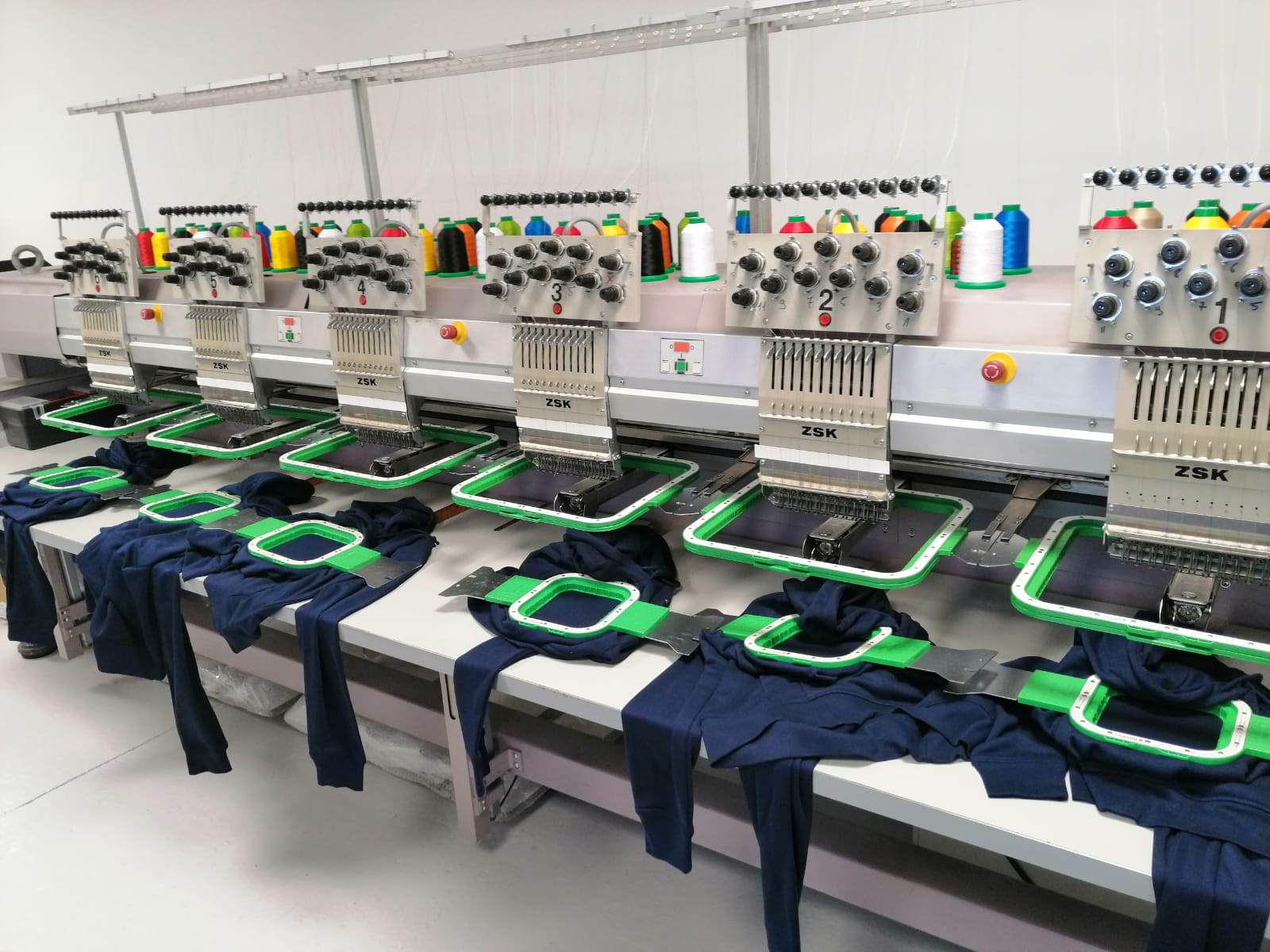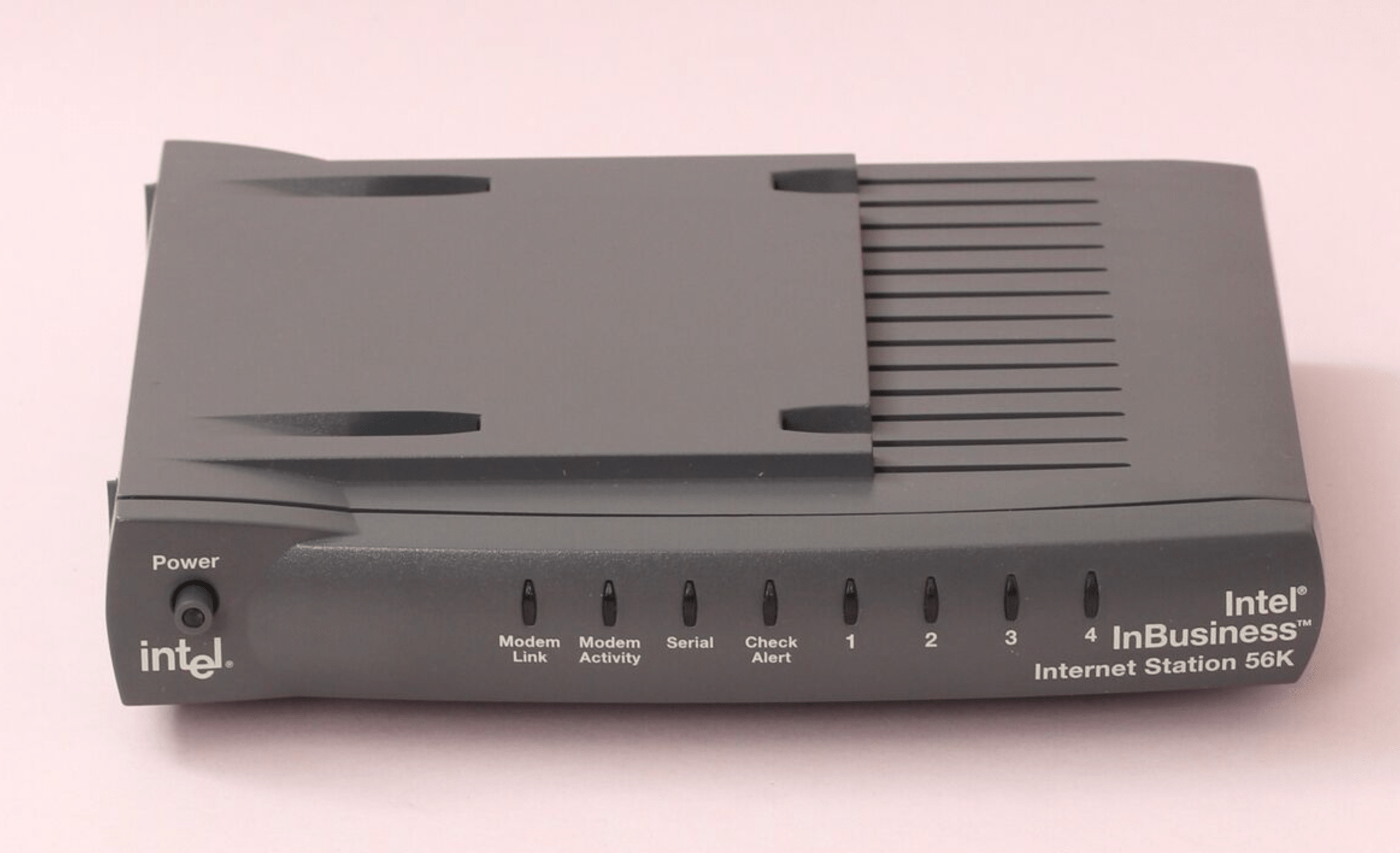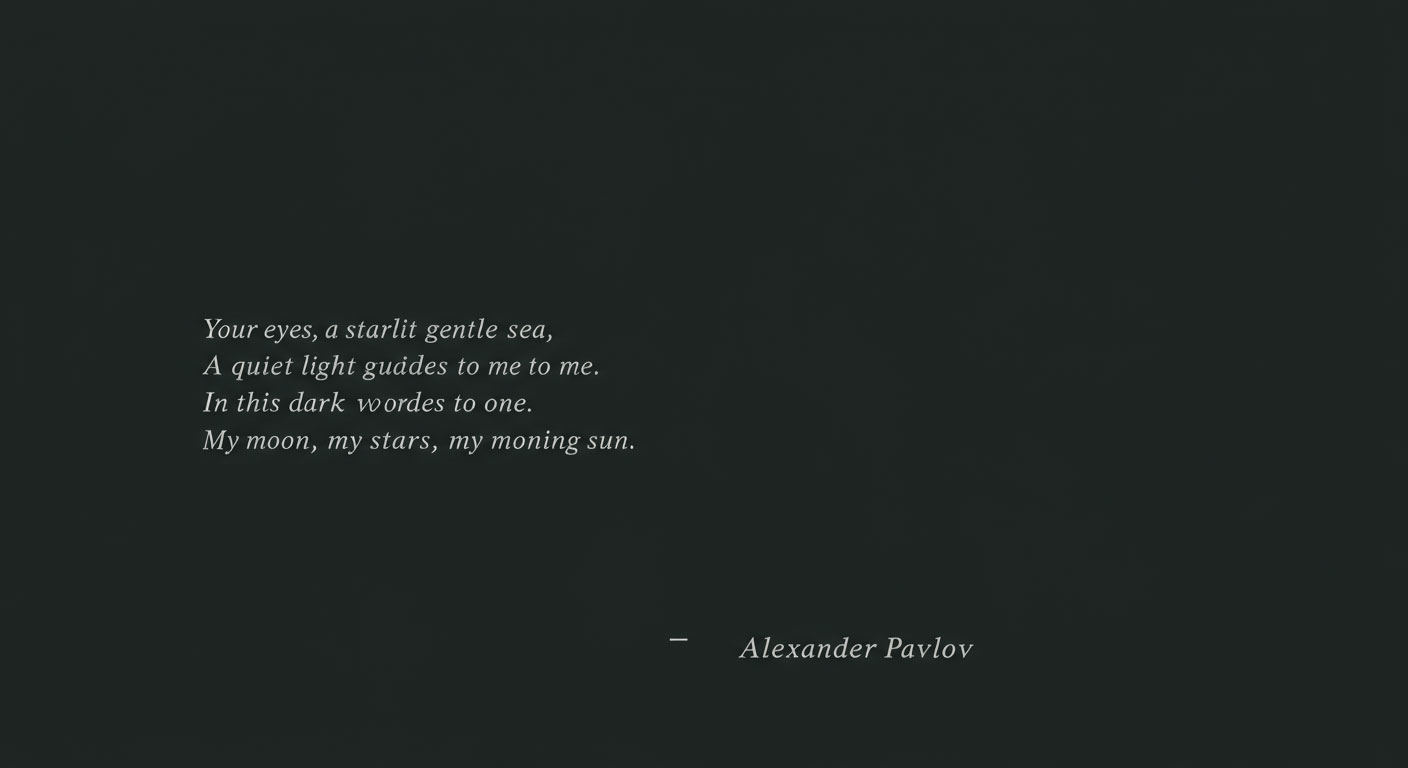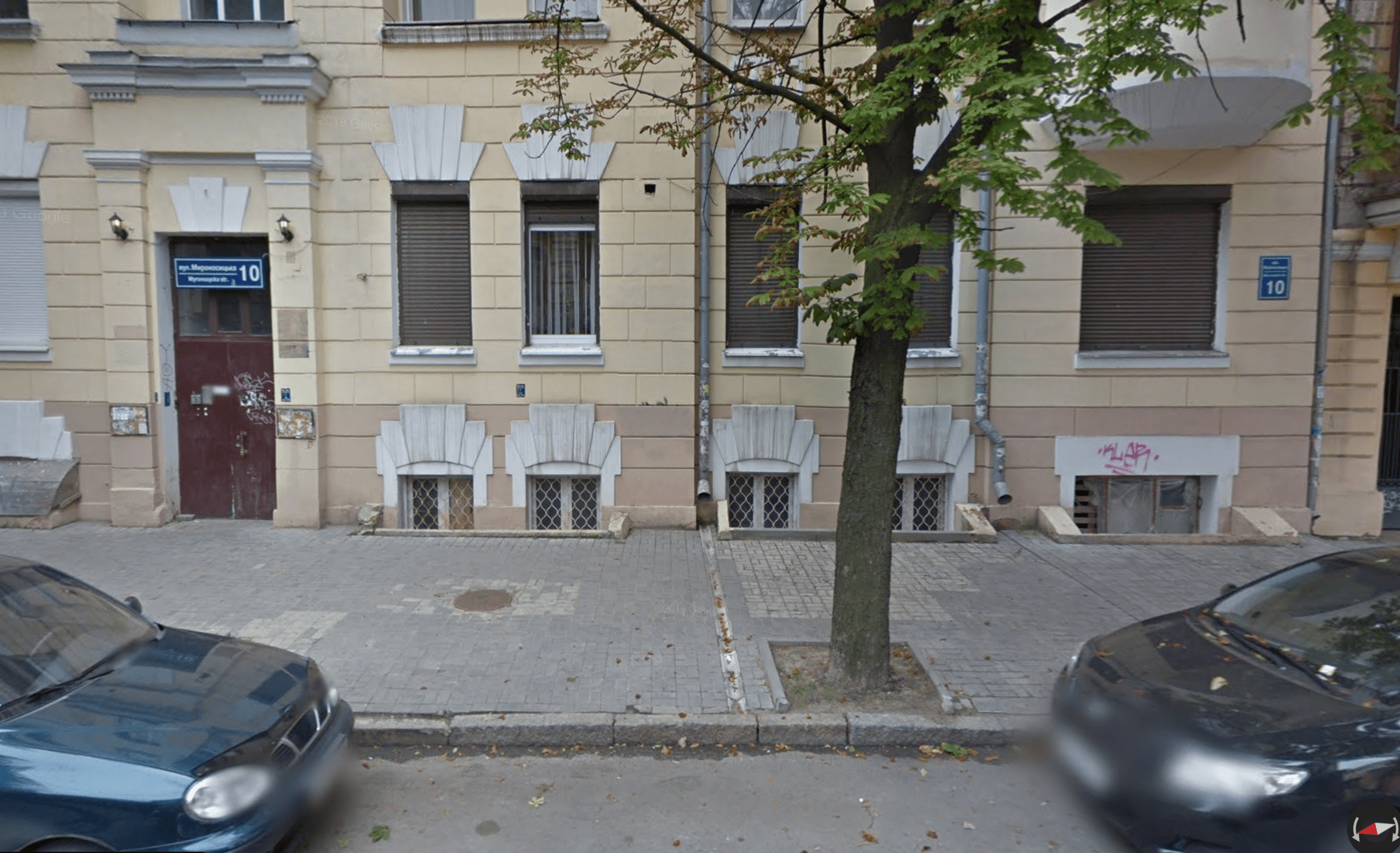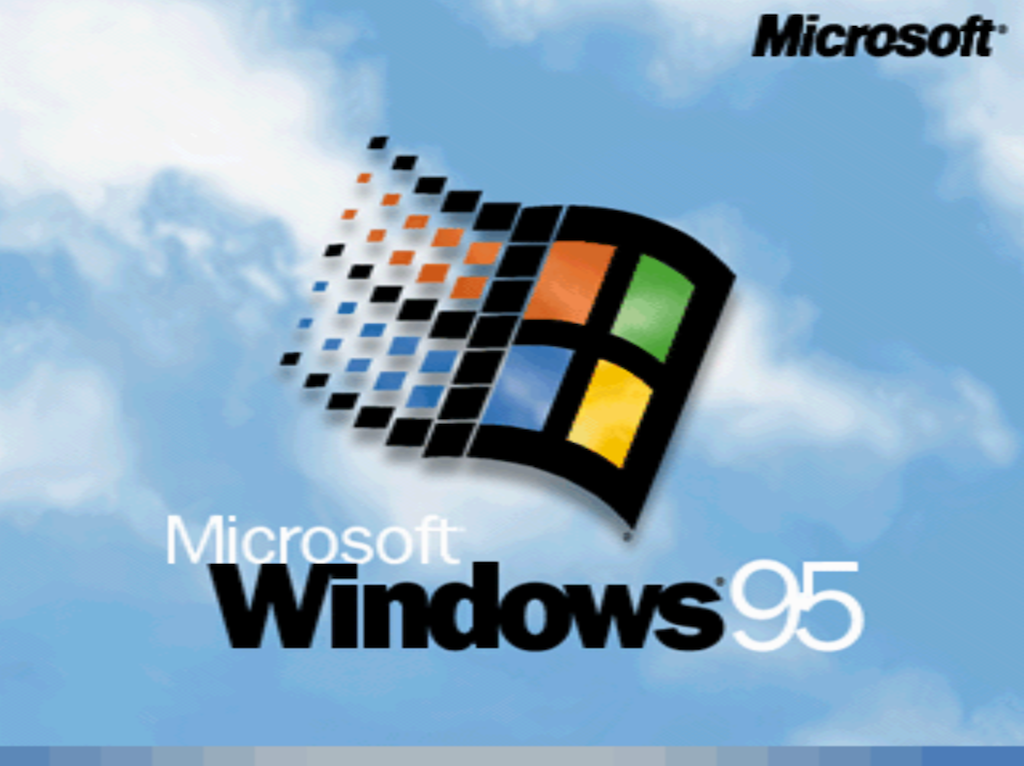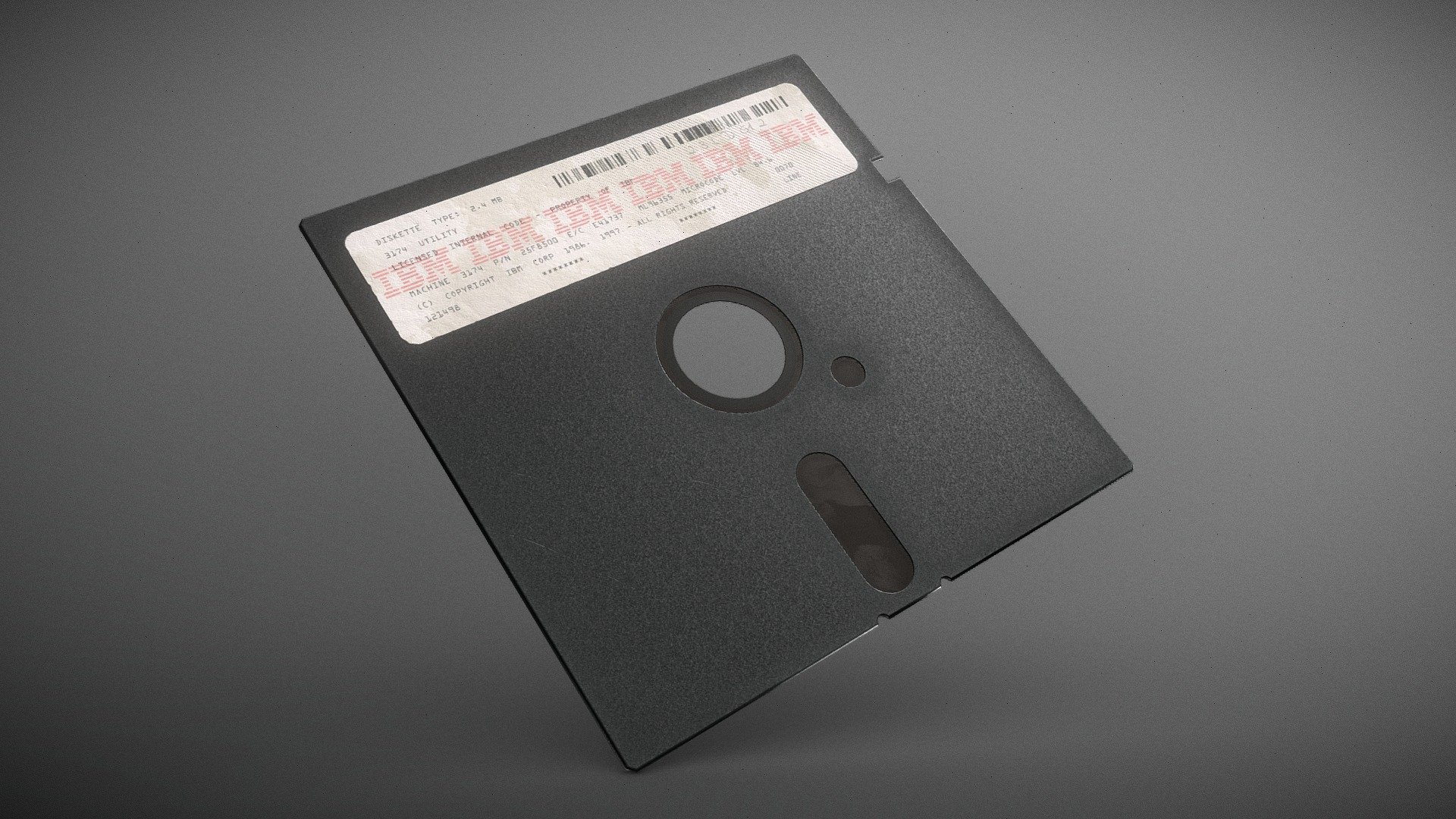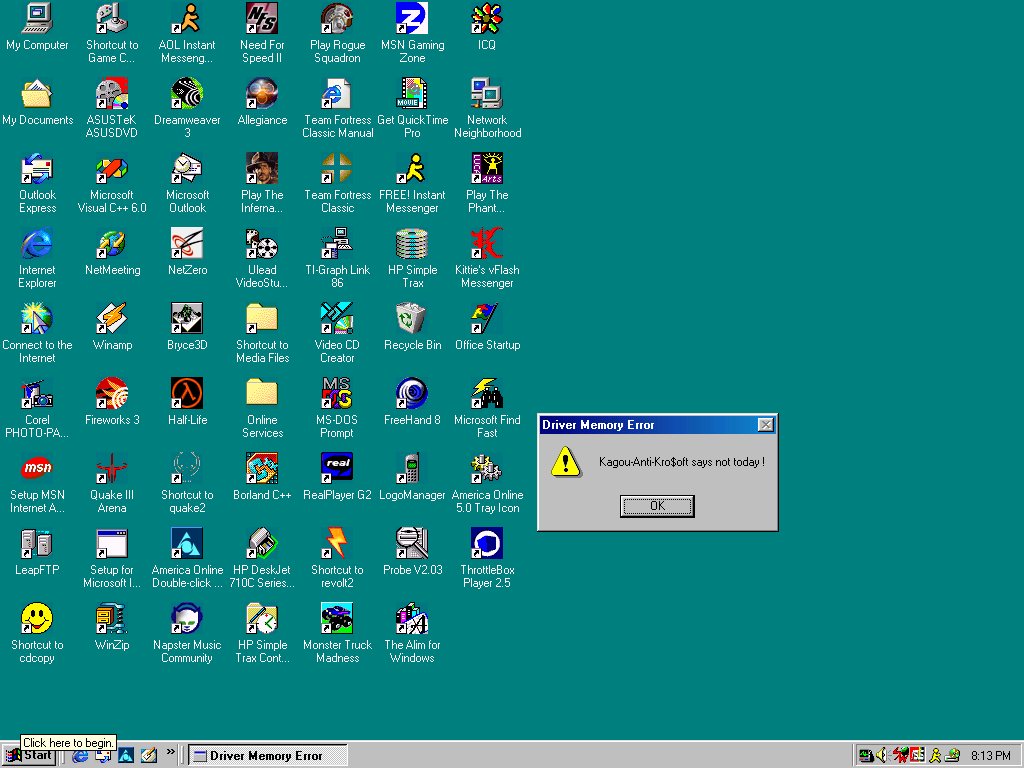The Future of the Web (2025-2065): Why an AI World Will Need Human Architects More Than Ever (Final Part)
To see the future, you must first understand the past. My journey began with the mechanical click of a ball mouse and the ritual of a floppy disk. I navigated the “Wild West” of the early internet, built a digital business from nothing, and felt the real-world impact of my work, as I described in the last chapter of my story. Each era, from Joomla to WordPress, from manual SEO to server engineering, was defined by its own set of tools and challenges. But through it all, one principle remained constant: the drive to understand the **entire system**, not just its individual parts.
Today, we stand on the cusp of the most profound technological shift yet: the age of Artificial Intelligence. And the ability to see the whole system, to connect the dots, is about to become the most valuable human skill in the digital economy.
The Great Automation Wave: What AI Will Do Better
Let’s be honest and clear-eyed: AI will automate, and is already automating, vast swathes of what we traditionally call “web development” and “digital marketing.” To deny this is to be willfully blind.
- Technical SEO Audits: An AI can crawl a million-page website, find every broken link, check every meta tag, and produce a flawless technical report in minutes. A task that used to take a human specialist days.
- PPC Campaign Management: Google’s own AI algorithms are already more efficient at A/B testing ad copy and managing bids for standard campaigns than most human managers.
- Code Generation: Writing a standard PHP function, a JavaScript snippet, or a block of HTML/CSS is quickly becoming a routine task for AI.
Any profession based on executing a well-defined, repetitive, technical task is on the path to commoditization. Competing with a machine on speed and cost in these areas will be a losing battle.
A Personal Story: From One-Man Orchestra to Conductor
When I was running my water filter business alone, I was a “one-man orchestra.” I played every instrument myself: the “violin” of SEO, the “drums” of server administration, the “piano” of customer communication. It was exhausting, but it taught me to understand how each instrument sounds and how they must work together to create a melody.
Today, AI is emerging as the perfect musician. It can play any instrument with flawless, virtuosic skill, a thousand times faster than any human. It can be the perfect violinist, the perfect pianist, the perfect drummer. But there is one thing it cannot do.
“It cannot be the **conductor**. It cannot read the score, hear the future symphony in its mind, understand the composer’s (the client’s) intent, and with a wave of a baton, make dozens of virtuosos play as one, imbuing the music with soul and purpose. My role has evolved. From a one-man orchestra, I am becoming a conductor.”
The Rise of the Digital Architect: The Human Role in an AI World
As AI handles more of the “how,” the value of human experts will shift entirely to the “why” and the “what.” The specialist of the future is the Digital Architect—a role that combines strategy, systems thinking, and translation.
1. The Human-to-Machine Translator
An AI cannot understand a client’s vague desires, their unstated fears, or their true business goals. The Architect’s job is to listen to the human and translate their needs into a precise, structured brief that an AI can execute flawlessly.
2. The System Integrator
The Architect ensures that the lightning-fast server configured by one AI doesn’t conflict with the SEO structure generated by another, and that it all aligns with the brand identity created by a third. They are the guardians of the entire system’s harmony, ensuring all the virtuoso parts play the same symphony.
3. The Strategist & Ethicist
An AI can tell you *how* to get traffic. Only a human can ask, “*What kind* of traffic do we want, and are we getting it *ethically*?” Only a human can define the long-term vision, weigh the trade-offs, and make strategic decisions that align with the company’s values.
4. The Master AI Operator
I already use AI extensively to automate tasks and generate solutions. In the future, my value will not be in my ability to write code, but in my ability to write the **perfect prompt**. The skill will be in asking the right questions to get the perfect answer from the machine. This is a new, high-level form of engineering.
The Future is Human
Technologies change. Floppy disks were replaced by the cloud, Joomla by WordPress, manual SEO by neural networks. But one thing remains constant: business is done by people, for people. There will always be a need for someone who can understand a human need and engineer a system to solve it. The machines will play the instruments. But humans will still compose the music and decide if it’s beautiful.
Between the client’s vision and the AI’s execution, there will always stand the conductor.
My 20-year journey was a long, unintentional training for exactly this role. And I am ready for the next forty years of this incredible symphony.



